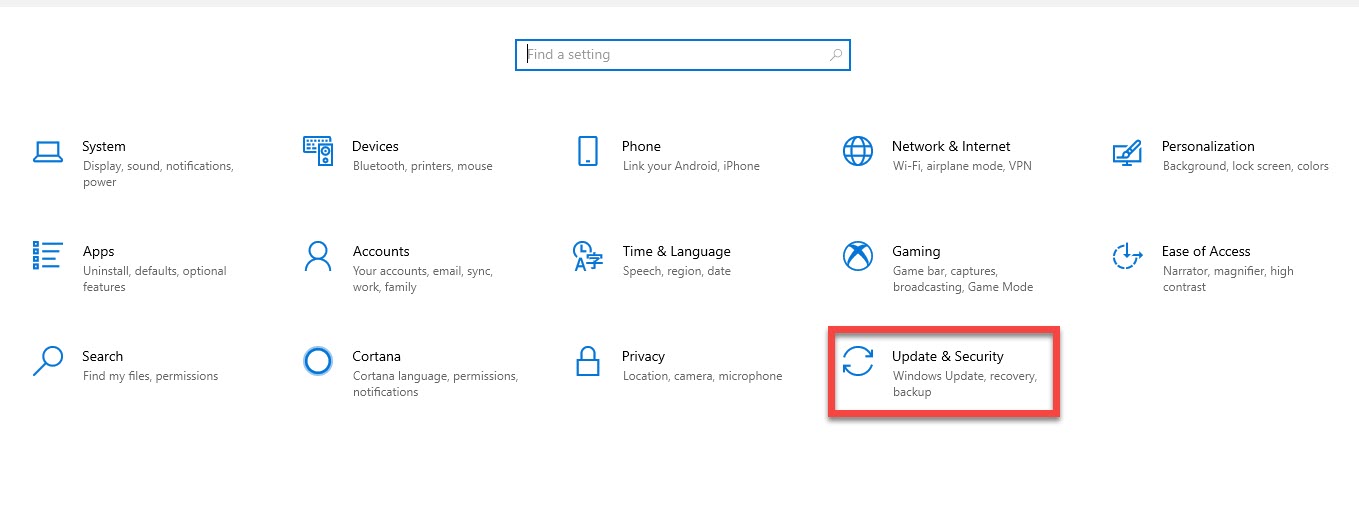How do you feel? If years of your files, photos, videos, and important data is terminated in a blink of an eye. That really infuriates. Therefore, keeping the backup of your file is very very imperative. There are two ways to keep your files safe and secure, in case, the hard drive of the system suddenly gets problematic or burns out. You can use cloud services to keep a safe backup of your files. Or you can use the external hard drive. Keeping the cloud services for another day. Today our main focus is on how to backup data on an external hard drive in Windows 10.
Table of Contents
How to backup data on an external hard drive in windows 10?
There are further two ways to backup data on an external hard drive. You can use paid third-party apps. Which can help you easily backup your selected data on the external drive.
Or you can use the built-in ability of Windows 10. Here we’re gonna back up the data without using any paid apps, though those make the process easier.
Starting Up:
- So, before starting saving the data, you need an external hard drive and connecting cable. So, did get the hard drive? Now, plug in the external drive to the PC. Here we’re using the File history method to backup the data on the external hard drive.
- Now, click on the Windows icon on the right bottom side. And open up the settings area. In the Settings area, open up the update and security page. Or directly type in the Update and security in the search bar.

- Now, from the left panel, go to the backup page. On the backup page. The external drive appears. But firstly, Turn on the File history. Now, click on the More options. And here select the backup period.
- Thereafter, scroll down the menu. So, here you will get the folders, which are gonna be backed up on the external drive. You can manually remove or adds folders to this list. I recommend choosing important folders only. Because, this will take less time in backing up the file, and storage too.
- In this area, you can also change the file backup destination to a different drive if you want to. If not, you may proceed.
- Now, towards the most important step. Scroll up again. And hit on the Backup now button. So, the selected files will start to back up on the external drive. Depending upon the size of data. It may take several hours to complete the backup.
- Now, wait for the time until the data is completely backup on the external hard drive. Once the process completes successfully. It is time to check, whether the data has been backed up.
- close the settings area. Click on this PC. And open up the external drive. In the external file, Windows saves the data in the FileHistory folder. Open it. Confirm that, the files have been backed up.
So, now, your entire important files have been saved on the external hard drive. You can keep it separately. So, that in case, the computer encounters an issue, or the internal hard drive shows error. You still have the backup of the important files on the external drive.
Note:
This process could be used in Windows 10 only. But now, with the coming of a new update. You can backup the older data. You can even backup data from Windows 7. And there the procedure is a bit different. There you need to use the system image tool method.
Next Up in Windows OS:
- How to reset Windows 10 password with pass Geeker tool?
- How to install and run Mac apps on Windows 10?
- Download Windows 10 ISO for virtual machines.
- How to install and use Final Cur Pro on Windows 10?
- How to upgrade Windows 7 to 10 without losing data.
Conclusion:
So, this was the entire process to backup the data on an external hard drive in Windows 10. For the same process, there are countless paid tools available online, which make it further easier and straightforward to backup the files on the external hard drive or anywhere. But in the presence of the new FileHistory method. We have become independent.
How did you find our comprehensive guide? DO TELL US. Moreover, are you still facing issues, or got confused? Reach out to us through the comment section. We will delight to help you in this regard.
2 comments